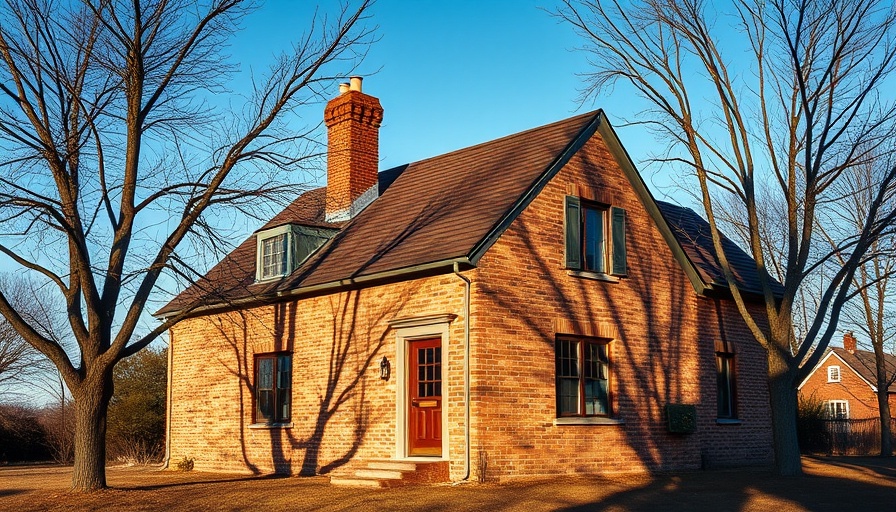
The Importance of Boiler BTU Output in Home Heating
For homeowners, understanding the BTU output of a boiler is crucial to ensuring optimal heating performance. BTU, or British thermal unit, measures the amount of heat required to raise the temperature of one pound of water by one degree Fahrenheit. A boiler’s BTU output indicates how much heat it can deliver to your home in a given period.
Calculating Home Heat Loss: A Key Step
Before selecting or replacing a boiler, homeowners must calculate their home’s heat loss. This calculation takes into consideration factors such as insulation levels, window efficiency, and the square footage of heated space. Typically, an energy audit can be conducted to assess these elements; the goal is to determine how much heat escapes from the home. A properly sized boiler should produce sufficient BTUs to compensate for this loss.
Sizing the Replacement Boiler: Best Practices
When it comes to replacing an old boiler, incorrect sizing can lead to inefficiencies. While a larger boiler may seem beneficial, it can actually lead to short cycling—where the unit runs for a short period and then shuts off, wasting energy. The key is to match the BTU output to the heat loss calculation. Experts recommend consulting with heating professionals who can use sophisticated software to help determine the accurate size needed for your home.
The Impact of Insulation on Heating Efficiency
Insulation plays a significant role in your home’s heating efficiency. A well-insulated home retains heat more effectively, enabling a smaller boiler with lower BTU output to function efficiently. Homeowners looking to save on energy bills should consider upgrading their insulation before investing in a new boiler. This can create a more comfortable living environment while reducing the workload on your heating system.
Future Trends in Boiler Technology
The heating industry is evolving, with a push towards more efficient and environmentally friendly options. Innovations like condensing boilers, which reclaim some of the heat lost in the flue gases, are gaining popularity. These units can significantly lower fuel costs and emissions. Additionally, smart technology is being integrated into heating systems, allowing for more efficient management of heating schedules through apps and sensors that adjust based on real-time data.
The Broader Importance of Efficient Heating Systems
As global energy concerns rise, efficient heating systems are no longer just beneficial for individual homes, but critical for environmental sustainability. By selecting a properly sized boiler and improving home insulation, homeowners can contribute to energy conservation efforts. This not only helps to reduce carbon footprints but also paves the way for initiatives that focus on clean energy advancements.
Final Thoughts: The Future of Home Heating
In conclusion, understanding the intricacies of boiler BTU output, home heat loss calculations, and proper system sizing can significantly impact both heating efficiency and environmental responsibility. As technology continues to evolve, homeowners must stay informed and consider how emerging innovations can enhance their heating systems for a more sustainable future.
 Add Row
Add Row  Add
Add 






Write A Comment